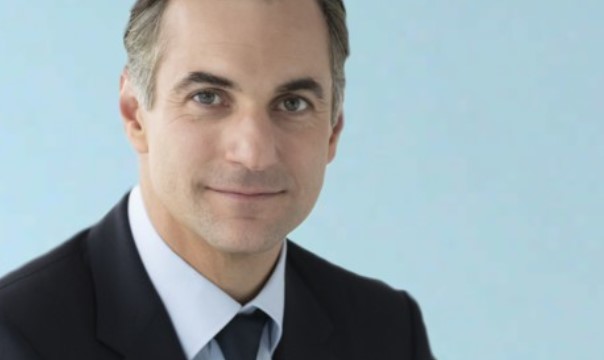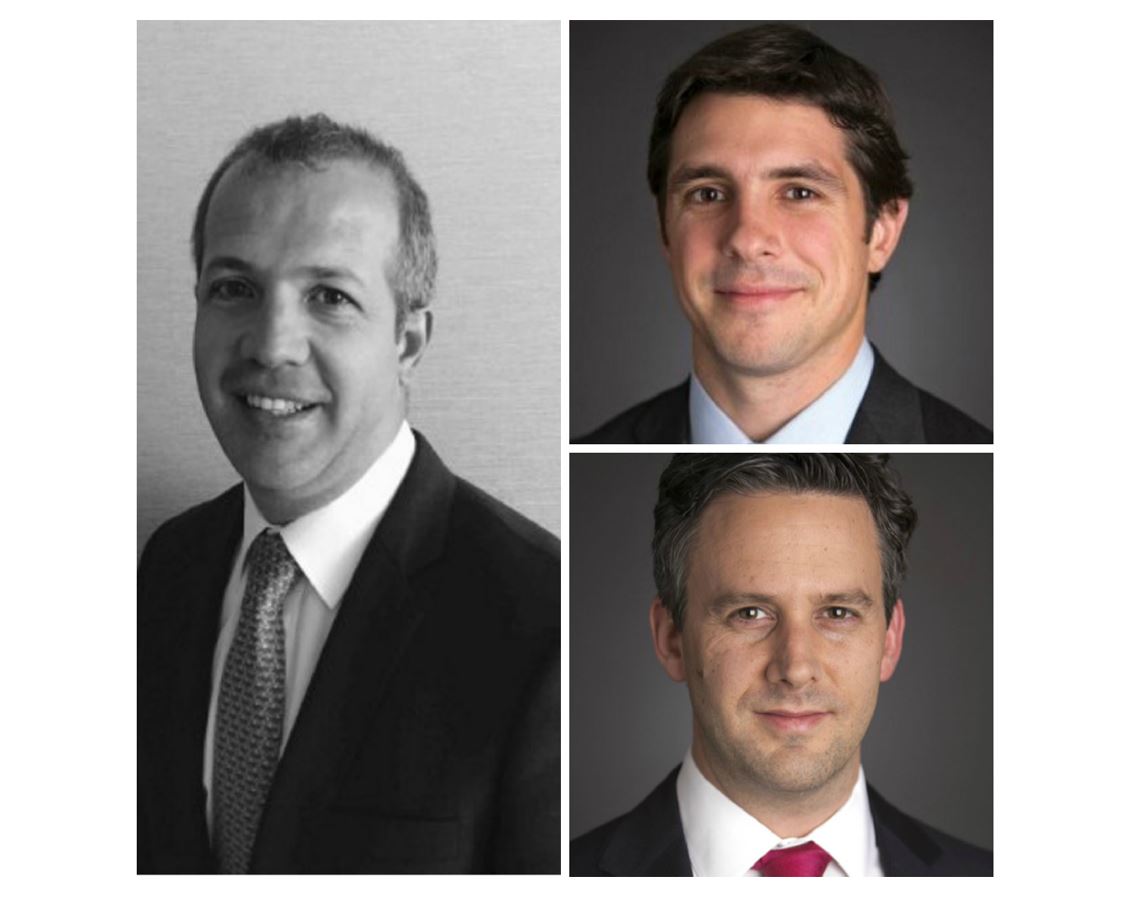High Yield’s Turn to Shine
| By Meritxell Sedo | 0 Comentarios
The global economy is recovering from the effects of the pandemic and corporate earnings are picking up, thanks in part to generous monetary and fiscal stimulus. Interest rates remain at low levels, and are expected to remain so for the long haul. History shows this is the kind of environment in which speculative grade credit does well.
The combination of improving economic and corporate earnings prospects and low debt servicing costs reduces the risk of default. Which means that high yield should continue to be one of the very few areas of the fixed income market where investors can still pick up a positive real return.
The economic picture is more encouraging than it has been for months. This follows a weak second quarter, when leverage among European high yield companies hit a multi-year high of 4.8 times, EBITDA dropped 47 per cent year-on-year and debt rose by 23 per cent (see Fig. 1). Recent data indicate that activity in Europe is now back to around 80 per cent of pre-Covid levels. Demand for cars, a leading indicator of economic growth, has bounced back to just 20 per cent below its six-year trends vs 80 per cent in the spring. We are therefore confident of seeing further positive surprises – both in macro-economic data and corporate earnings in the coming months. This has yet to be reflected by financial markets.

Prospects for speculative-grade companies look better still once fiscal and monetary policy are taken into account. The European credit market has benefited from unprecedent interventions from central banks and governments, which have stepped in speedily to protect viable businesses and limit the number of corporate defaults. The scale and speed of such interventions – which has included programmes such as furlough schemes and government guaranteed loans – have been impressive.
For their part, companies have strengthened their liquidity positions and balance sheets, by drawing on their credit lines, issuing new debt, cutting costs and reducing capital expenditure. The cash to debt ratio among speculative-grade companies in Europe has as a result risen from 10 per cent a year ago to 19 per cent in June 2020 (1).
Obviously not every company will come through this crisis unscathed – but the impact is likely to be less than originally expected. In March 2020, Moody’s central scenario assumed default rates of 7-8 per cent default rates for high-yield issuers. Since then, however, conditions have improved, prompting Moody’s to cut its default rate forecast to 4.9 per cent in August. There is a strong chance that defaults have peaked. Corporate Europe is in stronger health.
The opportunity set
Some investment opportunities are more attractive than others.
Bonds issued by French and German companies, for example. Among major developed nations, France and Germany led the way in terms of support for businesses with packages worth EUR 16.2 and EUR 14.3 billion respectively – more than double that of third-placed Italy (2).
The pandemic has also deepened the pool of attractive high-yield bonds. The economic fallout from Covid-19 has caused a spike in the number of fallen angels, companies that have just lost their investment grade status. In the first eight months of 2020, Europe saw some EUR 45 billion of fallen angels and that amount can be expected to nearly double by year-end (3). This creates a long term opportunity as many of these firms are strong, resilient businesses. The addition of fallen angels increases the size and improves the quality of the high yield market – augmenting an already large cohort of BB-rated companies.
This year’s pandemic shock has been different from the 2008 financial crisis as far as its impact on individual industries is concerned. In 2008-9, financials were the hardest hit; industrial companies also suffered as is common during recessions. This time, however, many factories were able to continue operating partly thanks to increased automation. Chemical and shipping companies fared much better in this crisis than in 2008-9. Instead, the economic impact was most felt by the services sector. Market pricing has yet to reflect this resilience in our view.
Elsewhere, in some of the hardest hit sectors like travel and retail, there is a tendency for all companies to get tarnished with the same brush despite possessing very different financial profiles. An online travel agency with limited fixed costs, for example, is in a far stronger position than a car rental operator. DIY shops have also held up relatively well as families spent more time at home and decided to improved their dwellings. Retailers with e-commerce operations have also proved resilient while those who rely on physical outlets have suffered.
Consequently, retail focussed real estate investment trusts (REITs) are among the worst hit, while residential REITs fared much better. The sports ban and closure of gaming avenues has benefited gaming companies with online presence.

With central bank and governments both focused on providing financial support that extends out by months rather than decades, shorter dated credit is particularly appealing. The high yield curve is nearly flat. For instance, Teva Pharmaceutical Industries’ 2027 bond is currently trading only 42bps wider that its 2023 bond (see Fig. 2). By investing in shorter maturities investors thus get similar return while taking on less duration risk (4).
We believe the flat curve reflects doubts about the sustainability of the economic recovery and corporate prospects. If such concerns turn out to be misplaced, the curve will likely revert to its usual upward-sloping shape, creating an additional source of return for short-term bonds.
Overall, then, the spread offered by short-term high yield bonds provides more than adequate compensation against the risk of default. We expect European short-term high yield credit will generate positive returns of 3-5 per cent in the next 12 months. As compared to other alternatives within fixed income, this is an opportunity not to shrink away from.
Opinion written by Prashant Agarwal, Senior Investment Manager specializing in High Yield in the Fixed Income team at Pictet Asset Management.
Notes:
(1) Morgan Stanley
(2) Deutsche Bank Research, “State-Aid Loans to High Yield Issuers”
(3) JP Morgan
(4) Duration measures how sensitive a bond’s price is to changes in interest rates.
For more information on this topic, please click here.
Want thought leadership insights from our investment experts? Signup
Information, opinions and estimates contained in this document reflect a judgment at the original date of publication and are subject to risks and uncertainties that could cause actual results to differ materially from those presented herein.
Important notes
This material is for distribution to professional investors only. However it is not intended for distribution to any person or entity who is a citizen or resident of any locality, state, country or other jurisdiction where such distribution, publication, or use would be contrary to law or regulation. Information used in the preparation of this document is based upon sources believed to be reliable, but no representation or warranty is given as to the accuracy or completeness of those sources. Any opinion, estimate or forecast may be changed at any time without prior warning. Investors should read the prospectus or offering memorandum before investing in any Pictet managed funds. Tax treatment depends on the individual circumstances of each investor and may be subject to change in the future. Past performance is not a guide to future performance. The value of investments and the income from them can fall as well as rise and is not guaranteed. You may not get back the amount originally invested.
This document has been issued in Switzerland by Pictet Asset Management SA and in the rest of the world by Pictet Asset Management Limited, which is authorised and regulated by the Financial Conduct Authority, and may not be reproduced or distributed, either in part or in full, without their prior authorisation.
For US investors, Shares sold in the United States or to US Persons will only be sold in private placements to accredited investors pursuant to exemptions from SEC registration under the Section 4(2) and Regulation D private placement exemptions under the 1933 Act and qualified clients as defined under the 1940 Act. The Shares of the Pictet funds have not been registered under the 1933 Act and may not, except in transactions which do not violate United States securities laws, be directly or indirectly offered or sold in the United States or to any US Person. The Management Fund Companies of the Pictet Group will not be registered under the 1940 Act.
Pictet Asset Management Inc. (Pictet AM Inc) is responsible for effecting solicitation in North America to promote the portfolio management services of Pictet Asset Management Limited (Pictet AM Ltd) and Pictet Asset Management SA (Pictet AM SA).
In Canada Pictet AM Inc is registered as Portfolio Managerr authorized to conduct marketing activities on behalf of Pictet AM Ltd and Pictet AM SA. In the USA, Pictet AM Inc. is registered as an SEC Investment Adviser and its activities are conducted in full compliance with the SEC rules applicable to the marketing of affiliate entities as prescribed in the Adviser Act of 1940 ref. 17CFR275.206(4)-3.










